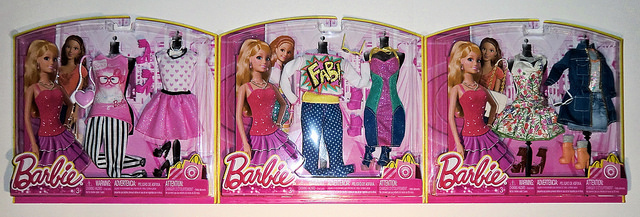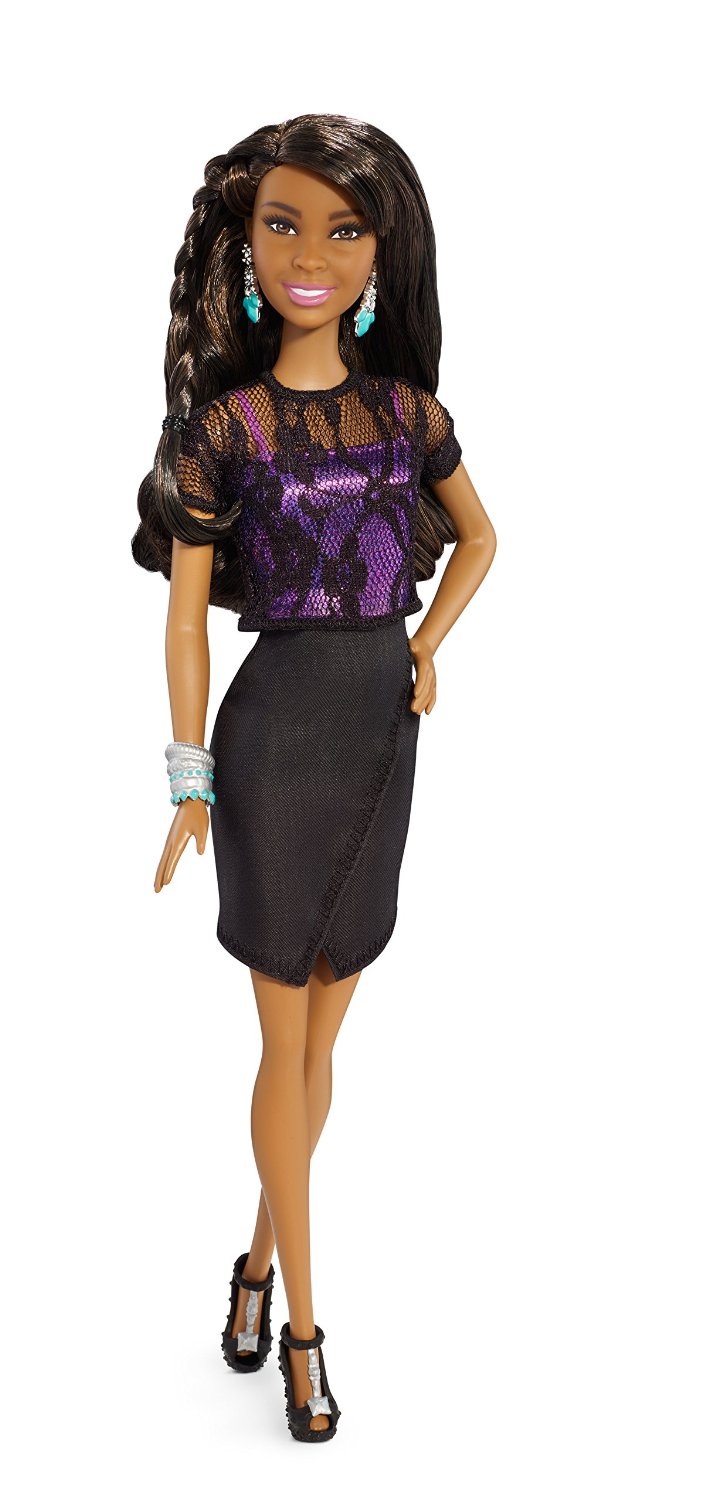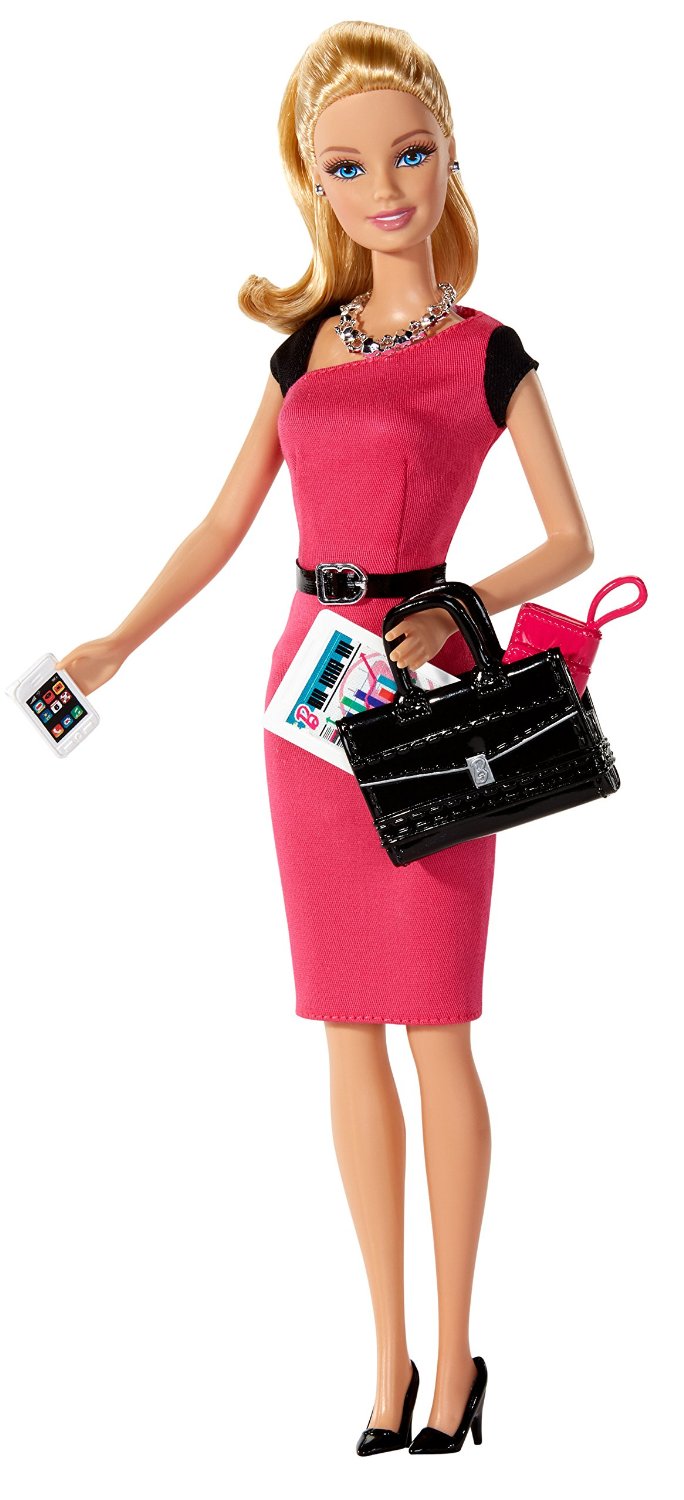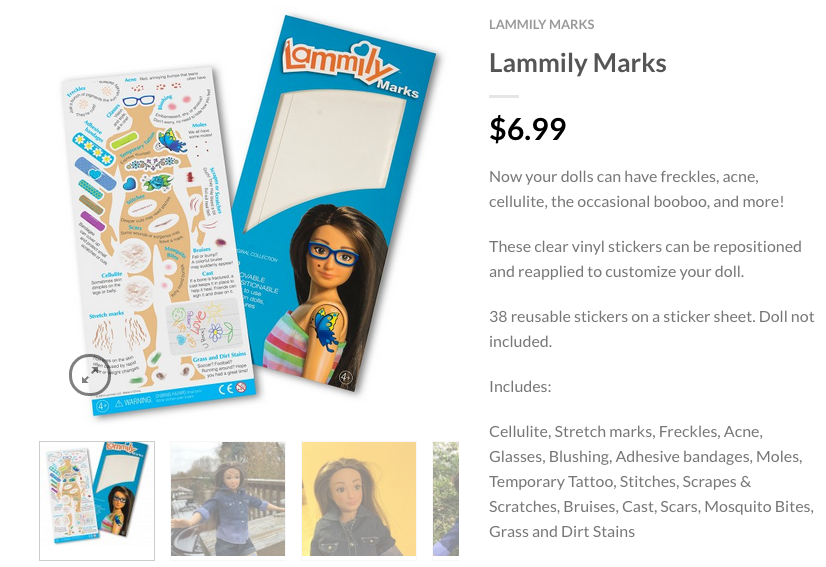New Data Reveals Exactly How Girls Feel About Barbie

By:
Mattel Chairman and CEO Bryan Stockton resigned over the weekend, a move that coincided with the company's release of financial reports indicating that sales plummeted in the fourth quarter of 2014. The declining popularity of one of Mattel's flagship products, Barbie, played a significant role in falling sales. It may be time for an image overhaul for the 56-year-old doll -- Barbie has been criticized over the last few years for promoting unattainable, homogenous beauty standards and reinforcing traditional gender roles.
During Q4 of 2014, Mattel's total income was $149.9 million, while in Q4 2013, the company's total income was $369.2 million. The New York Times points to increasing competition from startups and "digital distractions" as reasons for the lackluster performance of both Mattel and competing toy giant Hasbro.
"The toy industry is essentially a 19th-century industry desperately trying to break into the 21st,” Richard Gottlieb, the founder of consulting agency Global Toy Experts, told the Times.

American Girl, another Mattel product line, maintained strong sales, and Mattel's Elsa doll from "Frozen" sold extremely well in 2014. "Frozen" merchandise performed well across the board due to the extreme popularity of the movie and the high demand for its large suite of commercial products. But perhaps the success of these very specific types of dolls indicate that many girls relate to role models with distinct personalities and defining characteristics, rather than, for example, BARBIE® Holiday Slumber Party Doll.
Mattel has made limited progress towards bringing Barbie into the 21st century by manufacturing African American, Asian, and Hispanic dolls, and by creating a "Careers" line, but these steps toward change fall short of a complete image overhaul. A search for "Barbie" on the Mattel homepage produces 191 results. Three of the 191 results are categorized as toys for boys (presumably the WWE dolls), and the rest are marked for girls.

The majority of the dolls and accessories feel very typically Barbie: princesses, fashionistas, and cheerleaders. Thirteen of the 191 results are career-oriented dolls and accessories, which is just over 6%. The acceptable careers for a Barbie, in case you were wondering, include teacher, doctor, nurse, tennis player, ice skater, entrepreneur (of an unspecified bent), pop star, rock star, and film director. The description for BARBIE® Entrepreneur Hispanic Doll reads:
Barbie doll is ready to make a bold business move and strike out on her own to achieve her career dreams!
As my punishment for searching for Barbies on Amazon, ads for multiple ethnicities of Barbie Entrepreneur Doll are now following me around the Internet.

Barbie Entrepreneur Doll's accessories include a pink clutch, a smart phone, and Important Charts and Graphs. Bravo to Barbie for pursuing Generic Entrepreneurship, but Mattel's Career Barbies look very much like the other Barbies in terms of highly improbable physical build and glamorous, similarly improbable outfits (see Exhibit A, BARBIE® Careers Nurse). I'm still waiting for Slept Past The Alarm Spilled Coffee on Her Shirt Barbie.
The Barbie alternative.

Enter the Lammily doll, or "normal" barbie, created by Nickolay Lamm after a successful crowdfunding campaign. The Lammily doll suggests that Barbie's "perfect" image is less a source of aspiration than one of exasperation. The body proportions of the Lammily doll are those of the average nineteen-year-old woman, and the doll comes with stickers of freckles, acne, cellulite, glasses, and dirt stains. According to the About section on Lammily.com, more than 13,621 backers of the crowdfunding campaign preordered over 19,000 dolls.
To appeal to a 21st century audience, Mattel should strive for increased heterogeneity and more character for Barbies. Perhaps Engineer Barbie could look less like a Barbie masquerading as an engineer, and come equipped with building blocks (or whatever it is that engineers use - I majored in English) instead of infecting computers with viruses. Demonstrating to young girls that they do not need to grow up to look a certain way, and that instead they should celebrate diversity and pursue their own unique interests, would certainly be a step in the right direction towards overhauling Barbie's image.
Regardless of the career aspirations and even the physical appearance of Barbies, dolls are often viewed as gendered toys that espouse a certain set of values and ideals. As Cordelia Fine writes in Slate,
"Toys for boys facilitate competition, control, agency, and dominance; those for girls promote cooperation and nurturance. These gender stereotypes, acquired in childhood, underlie a host of well-documented biases against women in traditionally masculine domains and roles, and they hinder men from sharing more in the responsibilities and rewards of domestic life."
Fine points to recent scientific studies that suggests that toy preferences among genders are not innate, but rather are a product of nurture - or, to be more accurate, of marketing.
The video of five-year-old Riley asking her father deeply philosophical questions in the aisles of the toy store reinforces the idea that perhaps gendered toy preferences aren't intrinsic.
"Why do all the girls have to buy princesses?" Riley asks. "Some girls like superheroes, some girls like princesses. Some boys like superheroes, some boys like princesses."
Here's hoping, both for the sake of dismantling traditional gender roles and for the sake of the GDP, that Riley bought both.
